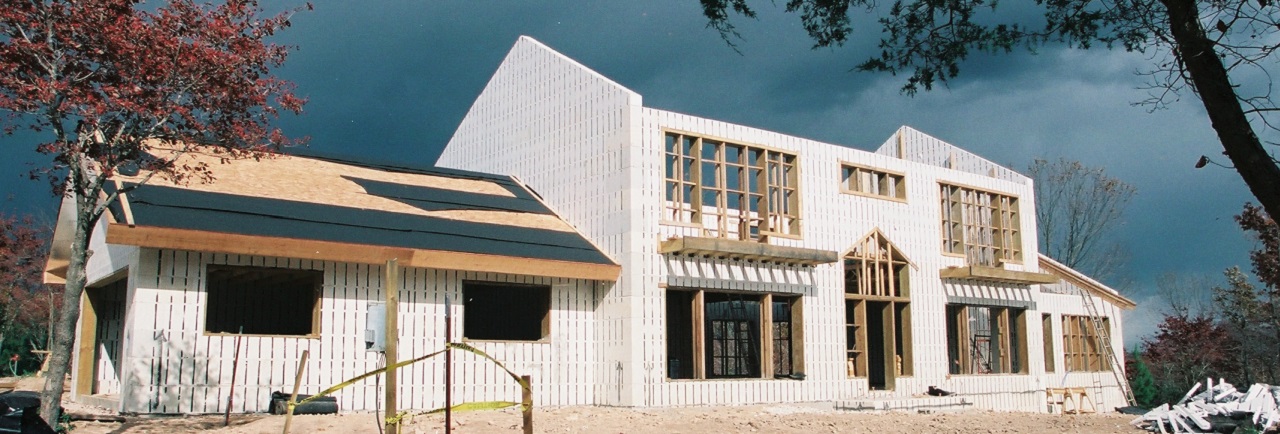The 3 Little Pigs had it easy. . .
they only needed protection from the huffing and puffing of one big, bad wolf. Each chose a different, yet common, way to build, and each was sure his house was up to the challenge. Unfortunately, along came the wolf and demonstrated only one was right.
We face similar choices when building today, but our challenges include multiple ‘wolves’. Now we need protection from extreme heat and cold, drought and flooding, excessive winds and potential power outages.
Regardless of reasons, the weather (i.e. climate) is changing: it’s huffing and puffing – creating more frequent, intense, and damaging storms. Fortunately, building science has identified ways to build a holistically green home: one that is storm resilient and can help us function during temporary losses of power, heating fuel, and water all caused by extreme weather. Here are five recommendations:
1. Build to tornado or hurricane standards.
Be sure your home is constructed using metal strapping or clips that provide a continuous structural connection from foundation slab to roof. These connectors are often called hurricane ties. When possible, install a safe room to provide additional safety in an extreme wind event. It can double as a closet, bathroom or pantry for everyday living.
2. Create an energy efficient building envelope.
Insulate and air and moisture seal your floors, exterior walls (including doors and windows) and roof– all the things that separate the inside of your house from the outside. This reduces the energy required to keep your home a comfortable temperature inside.
3. Control damage from rain.
Right-sized overhangs help keep rain (and the summer sun) off your walls, and an air and vapor barrier beneath your exterior finish material provides protection from wind-driven rain. It lets any moisture that penetrates the siding drain to the base of your wall or evaporate and escape. Use continuous foundation perimeter drains to collect and remove water away from your foundation. Damp-proof foundation walls, and backfill next to the foundation with free-draining crushed stone. Landscape so the ground slopes away from your house.
4. Reduce water use.
Install low flow faucets, fixtures and appliances and landscape to reduce or eliminate the need for outdoor irrigation. Use rain barrels or other containers to capture and store rainwater for use later. Choose native plantings that help stabilize the soil and thrive in your climate.
Reduce reliance on utility power/fuel.
5. Include passive solar heating and thermal mass.
These design features collect and store energy to moderate the temperature in your home naturally. Design for natural, flow through ventilation and day-lighting. Internal courtyards, atriums, sun tunnels and fixed or operable skylights are safe, private ways to increase natural lighting. Solar water heating and/or solar electric systems also help reduce a home’s reliance on utility power.

